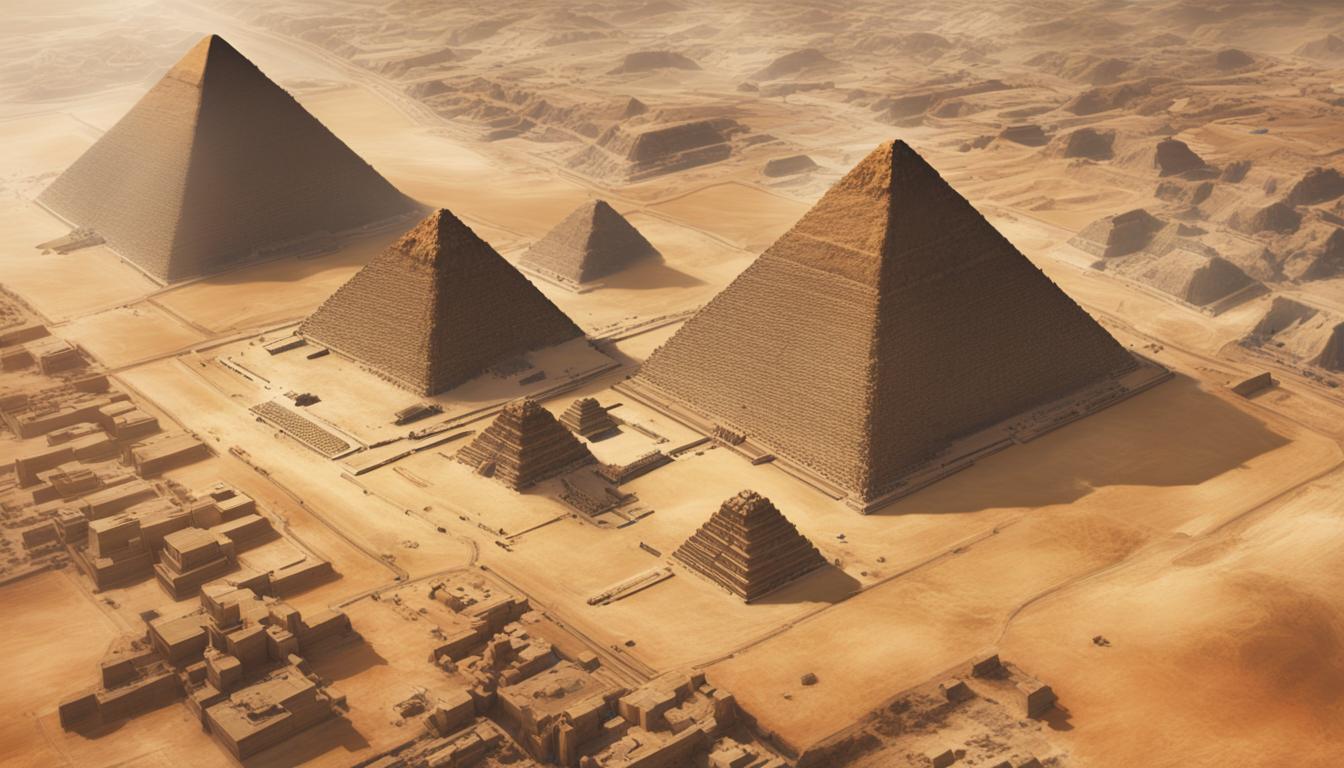Possible New Tomb Discovered Near Egypt’s Great Pyramid
Archaeologists have unveiled potential new structures below the surface near Egypt's Great Pyramid, possibly an undiscovered tomb from approximately 4,500 years ago. The discovery was made using ground-penetrating radar at Giza’s Western Cemetery, revealing an L-shaped anomaly that looks like an entrance to a chamber situated about six feet underground, filled with sand, and leading to another chamber almost 30 feet deeper.
This site, a historical burial ground, includes the remains of King Khufu, who commissioned the Great Pyramid, and other elite figures. The identified L-shaped structure measures about 32 feet long and 49 feet wide. Another feature, speculated to be a mastaba (an underground tomb with a flat roof), was also found nearby.
The study conducted was led by Prof. Motoyuki Sato from Tohoku University in Japan, who is confident that the structures are man-made due to their sharp outlines. Additional techniques like electrical resistivity tomography (ERT) were employed to map geological variations.
Further investigations are required to confirm the nature of these structures. The discovery continues the trend of uncovering new secrets around the pyramids, following a March 2023 finding of a hidden corridor inside the Great Pyramid using an endoscopic camera and cosmic-ray muon radiography.
The Great Pyramid, originally standing over 480 feet tall, remains one of the world's most significant ancient monuments, with countless mysteries still buried in its vicinity.
